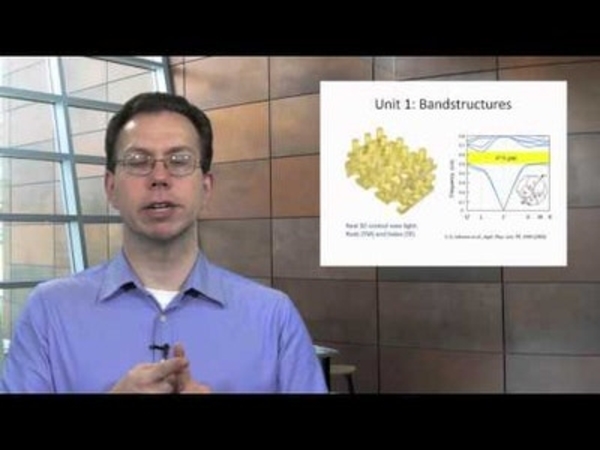Price:
1633 EUR
Contact
Purdue University
Description
This course is an introduction to photonic materials and devices structured on the wavelength scale. Generally, these systems will be characterized as having critical dimensions at the nanometer scale. These can include nanophotonic, plasmonic, and metamaterials components and systems.
This course will aim to introduce students to computational techniques employed in current design and research efforts in nanophotonics. You will learn the strengths and weaknesses of each approach; what types of problems call for which one; and how your simulation will perform.
Techniques include eigenvalue problems, fast Fourier transforms, band structure calculations, rigorous-coupled wave analysis, and finite-difference time-domain. Applications include photovoltaics, thermal management, radiative control, and nonlinear optics. It is expected to be useful for graduate students interested in incorporating these techniques into their projects or thesis research.
Students taking this course will be required to complete four (4) proctored exams using the edX online Proctortrack software. Completed exams will be scanned and sent using Gradescope for grading by Professor Bermel. During the proctored exams, this course will follow the Purdue University ECE policy, the calculator must be a Texas Instruments TI-30X IIS scientific calculator. ONLY the Texas Instruments TI-30X IIS scientific calculator will be allowed.
Nanophotonic Modeling is one course in a growing suite of unique, 1-credit-hour short courses being developed in an edX/Purdue University collaboration. Students may elect to pursue a verified certificate for this specific course alone or as one of the six courses needed for the edX/Purdue MicroMasters program in Nano-Science and Technology. For further information and other courses offered and planned, please see the Nano-Science and Technology page. Courses like this can also apply toward a Purdue University MSECE degree for students accepted into the full master’s program.
Specific details
Category of Education
Technology and Engineering







 How to resolve AdBlock issue?
How to resolve AdBlock issue? 


Comments (0)